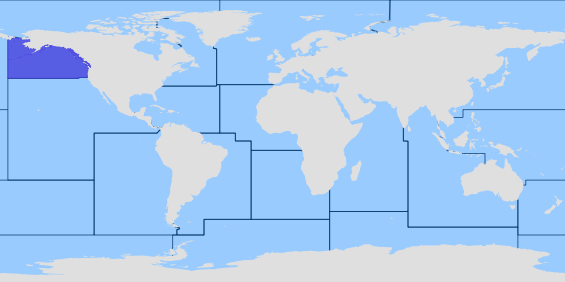inglésSuperficially this species resembles Pandalus borealis, but is easily distinguished
by its long antennules and red and white striped abdomen. These stripes give the animal its common name of "side stripe" shrimp. The surface of the body is finely punctate. The rostrum is two to two and a half times the length of the rest of the carapace. There are 16 to 21 dorsal spines, three or four of which are on the carapace, those over the eyes are closely placed and on the remainder of the rostrum they are more distant. There are 9 to 15 inferior spines and the extremity of the rostrum is bifid or sometimes trifid. Next to Pandalus platyceros these are the largest shrimps.
Ver traducción
Traducido del inglés por BING
Esta traducción es meramente orientativa: debido a la cantidad limitada del texto original, las descripciones morfológicas solo están disponibles en inglés en la versión BETA del sistema. En las futuras entregas, la información estará disponible en varios idiomas.
españolSuperficialmente, esta especie se asemeja a Pandalus borealis, pero se distingue fácilmente por sus largas antennules y abdomen rayado rojo y blanco. Estas rayas dan al animal su nombre común de camarones «tira de lado». La superficie del cuerpo está finamente punteada. La tribuna es dos a dos y media veces la longitud del resto de caparazón. Hay 16 a 21 espinas dorsales, tres o cuatro de los cuales se encuentran en el caparazón, ésos sobre los ojos se colocan de cerca y en el resto de la tribuna están más distantes. Hay espinas inferiores de 9 a 15 y la extremidad de la tribuna es bífida o trífida a veces. Al lado de Pandalus platyceros son los camarones más grandes.





